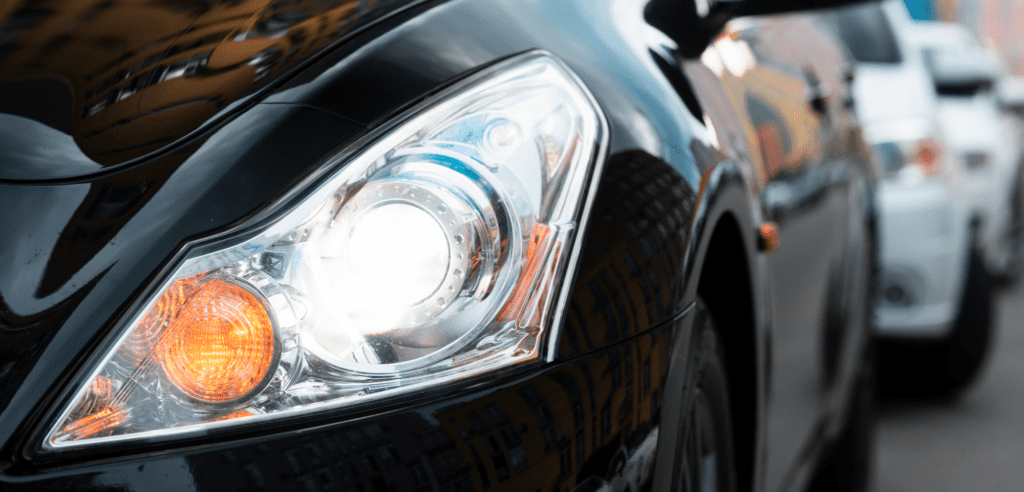
Driving laws are designed to ensure everyone’s safety on the road. However, some regulations might not be immediately clear to all drivers.
Below, we provide a straightforward overview of common motoring offences that could lead to penalties.
1. Flashing Your Lights to Say Thank You
Expressing gratitude on the road is a common courtesy many drivers appreciate. However, the method of saying “thank you” can sometimes lead to unintended consequences, particularly when it involves flashing headlights.
Understanding the Highway Code
The Highway Code provides clear guidance on the use of headlights. According to Rule 110, headlights should only be used to alert other road users of your presence. The Code explicitly advises against using headlights to convey any messages, including expressions of thanks.
The Potential for Misunderstanding
While it’s unlikely you’ll face penalties for using your headlights to say thank you, the police have the authority to stop and fine drivers for misuse of lights. It’s worth considering whether the risk is justified.
More importantly, flashing headlights can be particularly dazzling in the dark, posing a safety risk by impairing other drivers’ vision.
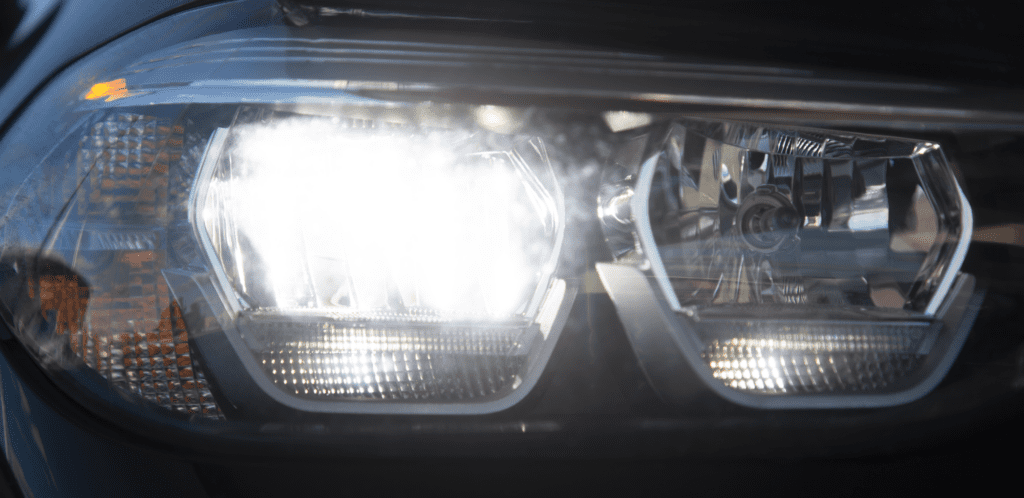
Alternative Ways to Show Appreciation
Given the potential for misunderstanding and the safety implications, opting for a different approach to express gratitude might be wise.
A simple hand wave or a nod can effectively communicate your thanks without the risks associated with flashing headlights.
By adhering to the guidelines set out in the Highway Code and considering the safety of all road users, we can maintain courteous and safe driving practices.
2. Dirty Number Plates
Maintaining a clean vehicle is not only about appearances; it also involves adhering to legal requirements, especially when it comes to number plates.
The Importance of Visibility
Both police and Automatic Number Plate Recognition (ANPR) systems must be able to clearly read your vehicle’s number plate. This is crucial for identification purposes and ensuring that vehicle registration details can be accurately captured.

Legal Consequences
If your number plate is obscured by dirt or mud to the extent that it cannot be read, you could face a fine of up to £1,000. While a small amount of dirt is generally acceptable, it’s important to ensure that your number plate is always visible and legible.
Keeping Your Number Plate Clean
Regular cleaning of your vehicle, including the number plate, can prevent the accumulation of dirt that might obscure your registration.
This is not only a matter of maintaining a tidy appearance but also of complying with the law and avoiding potential fines.
By keeping your number plate clean, you contribute to the efficiency of road safety and legal enforcement measures, ensuring that your vehicle can be properly identified at all times.
3. Straying into Cycle Lanes
Ensuring the safety of all road users includes respecting the boundaries of cycle lanes, which are often delineated by solid white lines.
These lines signal that drivers must not cross into areas reserved for cyclists, who lack the protective features of a car, such as seat belts and air bags.
Enforcement of Rules
Historically, only police officers could penalise drivers for encroaching into cycle lanes, and only if they witnessed the act. However, there has been a significant shift in how these offences are monitored and enforced.
Local authorities, particularly in London, have been given the authority to enforce cycle lane violations more rigorously. Transport for London (TfL) utilises CCTV technology to identify and penalise those who illegally drive in cycle lanes.
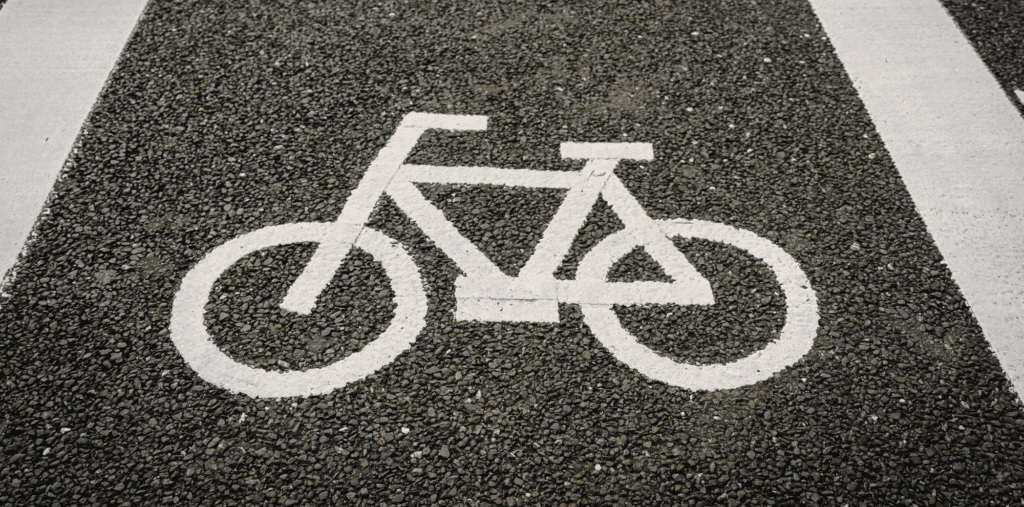
Penalties for Offences
While initial offences may result in a warning, repeated or flagrant violations from December 2022 onwards could lead to a substantial penalty charge of £160. This development underlines the importance of understanding and adhering to road markings.
Understanding Road Markings
Given these changes, it’s crucial for drivers to familiarise themselves with the meanings of different road markings to avoid inadvertently breaking the law and facing fines. Ensuring that cycle lanes are kept clear for cyclists is a vital part of creating a safer road environment for everyone.
4. Driving in Closed Lanes on Motorways
On smart motorways, not all lanes may be in operation at all times, especially when incidents occur. To inform drivers of lane closures, a big red ‘X’ is displayed on gantries above the affected lane, indicating that the lane is no longer in use.
Ignoring Lane Closures
Despite the clear indication of a lane closure, some drivers choose to ignore these signs, either not noticing them or attempting to bypass traffic. This behaviour is not only illegal but also poses a significant risk to road safety.
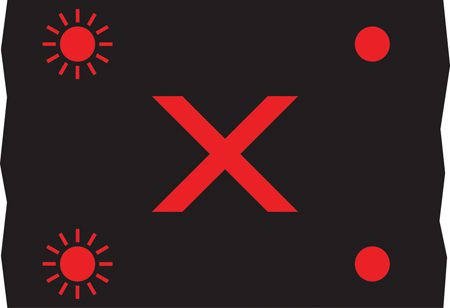
Enforcement and Penalties
Due to the potential dangers associated with driving in closed lanes and the increased use of smart motorways, there has been a concerted effort to clamp down on this offence.
Cameras installed along these motorways aid in identifying and penalising those who disobey lane closure signs.
Drivers caught in closed lanes can expect to receive a £100 fine and 3 penalty points on their licence. These measures aim to reinforce the importance of adhering to smart motorway regulations and ensuring the safety of all road users.
The Importance of Compliance
Understanding and respecting the rules governing lane closures on smart motorways is crucial.
By complying with these regulations, drivers contribute to a safer driving environment, reducing the risk of accidents and ensuring the efficient management of traffic, especially during incidents.
5. Keep a Safe Distance
When driving near cyclists, it’s vital to maintain a safe distance during overtaking. Failure to do so can lead to penalties, as stipulated in the Highway Code changes of 2022.
Overtaking Cyclists Safely
The revised rules specify that a 1.5-metre gap is deemed appropriate when passing a cyclist, provided your speed does not exceed 30mph. This guideline aims to protect vulnerable road users and reduce the risk of accidents.
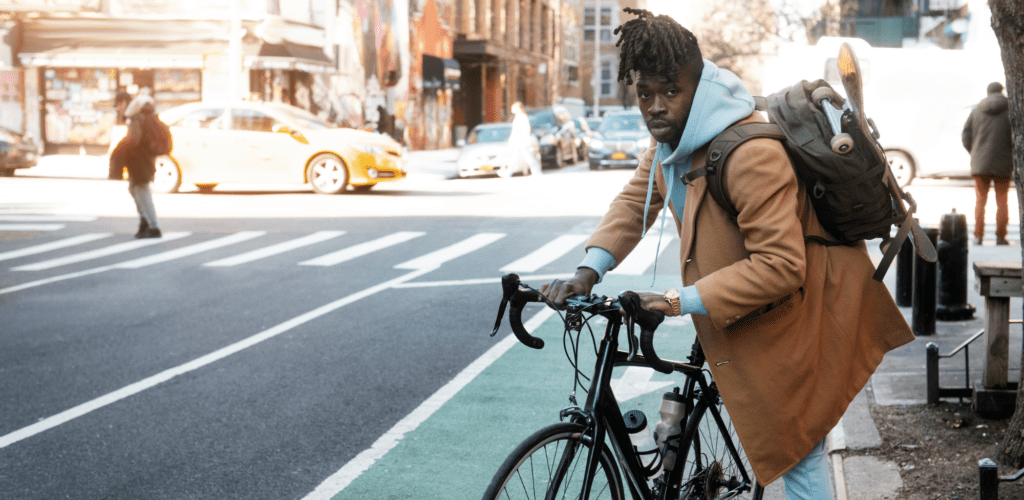
Legal Consequences
An increasing number of cyclists are equipping themselves with cameras to document instances of dangerous overtaking.
Law enforcement agencies are active in identifying and penalizing drivers who compromise the safety of cyclists.
For example, a driver in Sheffield was recently subjected to 5 penalty points and a significant fine for not adhering to these safety measures.
6. Too Many Accessories
Decorating your car with novelty accessories during sporting events or national celebrations can be a fun way to join in the festivities. However, it’s essential to ensure these decorations do not compromise safety.
Secure and Safe Placement
All decorations, including flags and bunting, should be securely attached and must not obstruct the driver’s vision.
It’s crucial to avoid placing any mascots or objects in positions where they could cause injury in the event of an accident. Similarly, window stickers that could hinder visibility should be avoided.
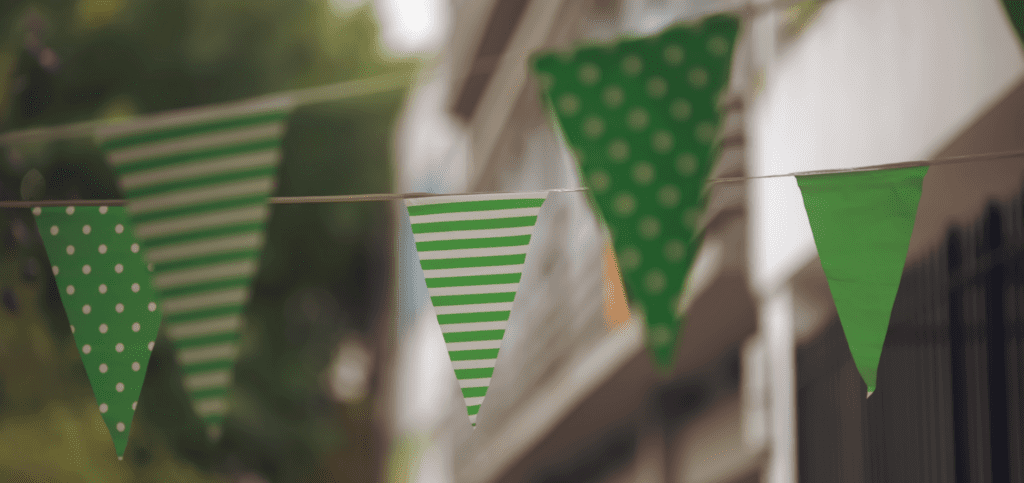
Additional Vehicle Checks
While focusing on decoration safety, it’s a good opportunity to inspect your vehicle for other potential issues.
Check for any cracks on your windscreen and ensure the interior of your car is free from excessive rubbish, as these can also lead to being stopped by the authorities.
7. Using the Horn Unnecessarily
The Basic Principle
The fundamental rule is that you cannot use your car horn arbitrarily. The primary purpose of sounding the horn is to alert others to your presence, not to express frustration or as a means of aggression. This guideline ensures that the horn is used responsibly and as intended for road safety.
Restrictions on Use
Moreover, there are specific restrictions regarding when and how you can use your horn. It’s important to note that using your horn while stationary is not permitted, whether you’re caught in traffic or signaling to a friend outside their home. The only exception to this rule is if there is a genuine need to warn others of imminent danger.

Time-Based Limitations
Additionally, the law introduces time constraints on the use of car horns. This means there are certain hours during which the use of your car horn is strictly regulated to minimise disturbance to others.
Understanding and adhering to these restrictions is crucial for all drivers to maintain peace and adhere to legal standards.
8. Parking without Sidelights
Understanding the Basics
When you park at night, the typical procedure involves setting the handbrake, turning off the lights, and locking the doors. However, there are specific conditions under which this general practice changes.
Legal Requirements for Parking at Night
If you find yourself parking in a layby or alongside the roadside outside of a designated parking area, and it’s between dusk and dawn with a speed limit exceeding 30mph, you’re required to leave your sidelights on throughout the night until sunrise.
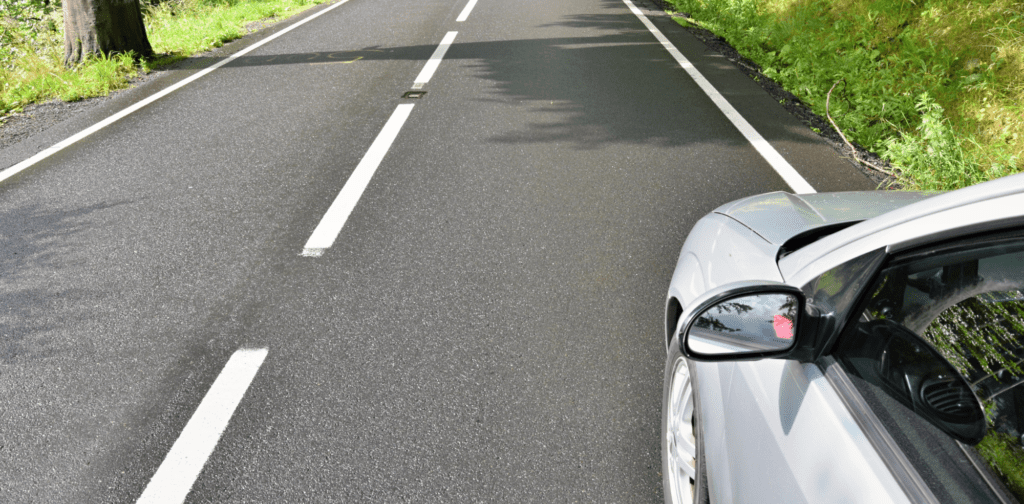
This regulation aims to ensure your vehicle is visible to other road users, thus helping to prevent accidents. It’s important to note that sidelights are designed to be left on for extended periods, so there’s no need to be concerned about draining your battery.
Parking Direction Matters
Another important aspect to remember is that, under these conditions, you must also park your vehicle in the direction of the traffic flow. This practice is less widely known but equally crucial for road safety.
9. Creeping Forward
The Role of Advanced Stop Lines
Advanced stop lines at traffic lights are designed to create a safe space for cyclists to position themselves in front of motorised traffic.
These lines ensure that cyclists can be seen more easily and can move off safely when the lights change. Drivers are required to stop at the red light before this area to maintain its safety.
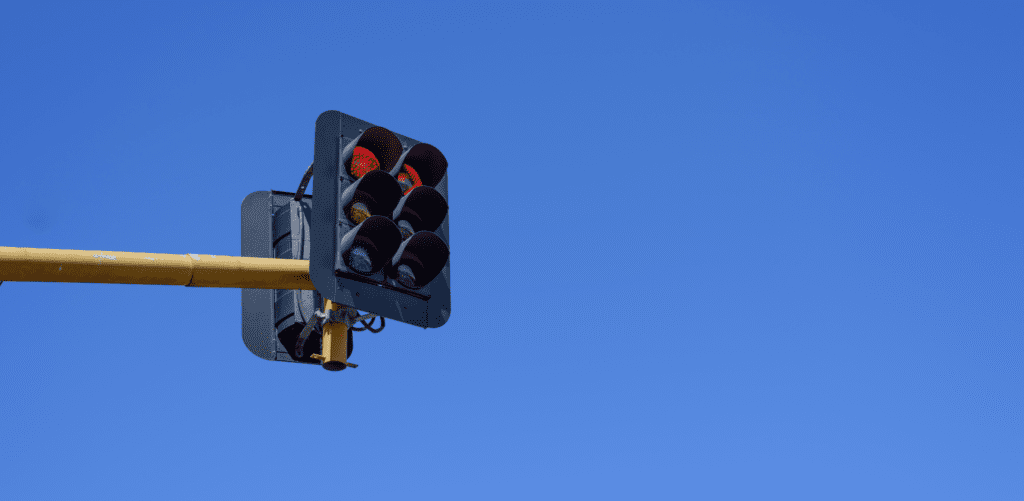
Consequences of Violating the Space
Entering a ‘bike box’ by stopping your vehicle within this designated space can lead to a fine or endorsements on your licence.
Penalties apply if the traffic lights were at red or changing to red and you had sufficient time to stop before the advanced line.
While police enforcement may show some leniency, this does not justify poor driving.
Understanding Traffic Light and Filter Arrow Rules
A significant number of road users lack a proper understanding of traffic light and filter arrow regulations, leading to potentially dangerous situations when these rules are not followed.
It is crucial for all drivers to familiarise themselves with these guidelines to prevent accidents and ensure the safety of all road users.
Awareness of the rules, from the implications of driving on medication to the type of sunglasses worn while driving, is key to avoiding infractions.


